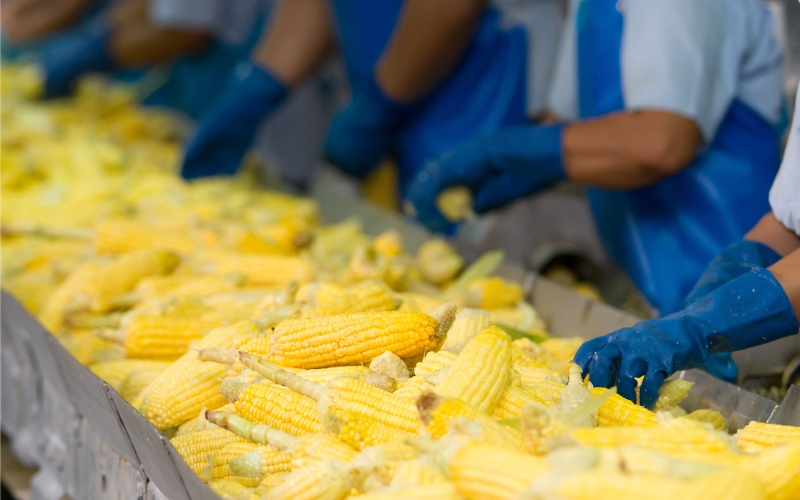Foodborne illness remains a significant public health concern, with millions of cases reported annually. For food processing facilities, the stakes are high. An outbreak can harm consumers, damage a brand’s reputation, and lead to costly recalls. The good news? Many risks can be mitigated through a proactive approach to hygiene and safety.
By identifying common sources of contamination and implementing innovative strategies, food processors can protect their products, customers, and bottom line.
Understanding Foodborne Illness Risks
Foodborne illnesses are typically caused by harmful bacteria, viruses, or parasites contaminating food during processing, packaging, or storage. Common culprits include:
- Salmonella: Often found in raw poultry, eggs, and produce.
- Listeria monocytogenes: A significant threat in ready-to-eat foods and dairy products.
- E. coli: Known for contaminating undercooked beef and fresh produce.
- Norovirus: Spread through poor hygiene or contaminated surfaces.
Contamination can occur at any production stage, making every step critical to ensuring food safety.
Common Sources of Contamination in Processing Facilities
Several factors contribute to the spread of pathogens in food processing environments:
- Inadequate Cleaning: Hard-to-reach surfaces or improperly sanitized equipment can harbor bacteria.
- Cross-Contamination: Pathogens can transfer between raw and processed foods via tools, equipment, or workers.
- Airborne Pathogens: Microbes can travel through the air, settling on surfaces and products.
- Improper Temperature Control: Warm environments encourage bacterial growth, especially in perishable foods.
Understanding these sources is the first step in building a robust prevention strategy.
Strategies to Mitigate Foodborne Illness Risks
A proactive approach to food safety involves addressing both visible and invisible threats. Here are some best practices to reduce risks:
Strengthen Sanitation Protocols
Regularly clean and sanitize all surfaces, tools, and equipment. Use food-safe cleaning agents to address every area, including drains and conveyor belts.
Implement Cross-Contamination Controls
Design workflows that separate raw and ready-to-eat products. Use color-coded tools and dedicate specific equipment to each stage of production.
Monitor Air Quality
Airborne pathogens are an often-overlooked risk. Technologies like Dry Hydrogen Peroxide (DHP®) systems actively reduce air and surface microbial loads. This added layer of protection minimizes contamination risks without interrupting operations.
Train Employees on Food Safety
Educate workers about proper hygiene practices, including regular handwashing and using personal protective equipment (PPE) correctly. Reinforce the importance of vigilance in identifying risks.
Maintain Proper Temperature Controls
Monitor refrigeration units and processing areas to ensure consistent temperature management. Keeping foods at safe temperatures inhibits bacterial growth.
Conduct Regular Audits and Testing
Perform routine microbial testing on surfaces and products. Regular audits ensure that all safety protocols are followed and remain effective.
The Role of Technology in Food Safety
Advancements in technology are transforming food safety practices. From AI-driven monitoring systems to automated cleaning solutions, these tools provide facilities with greater precision and efficiency.
For example, DHP technology continuously reduces airborne and surface pathogens, providing a cleaner environment without relying on harsh chemicals. Smart sensors can track humidity, temperature, and air quality in real time, alerting staff to potential risks before they escalate.
These innovations enhance safety and streamline compliance with regulations like FSMA and HACCP.
A Proactive Path to Food Safety
Mitigating foodborne illness risks requires a proactive, multi-layered approach. Food processors can significantly reduce risks by addressing common contamination sources and embracing innovative technologies.
Investing in robust safety measures protects public health, ensures product quality, and builds consumer trust. In an industry where reputation is everything, prioritizing food safety is a company’s smartest move.
The fight against foodborne illness starts in the processing facility, and it’s one we can all win—with the right tools, strategies, and commitment to excellence.
To speak with an IAQ expert from Synexis, fill out this form and we’ll be in touch as soon as possible.
And to learn more about Synexis, click here.








